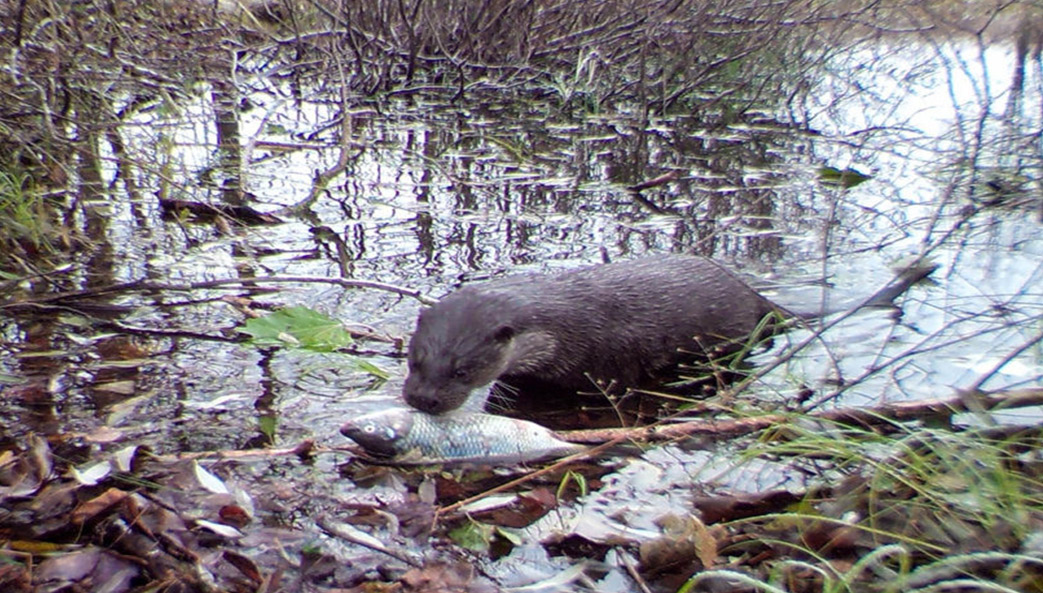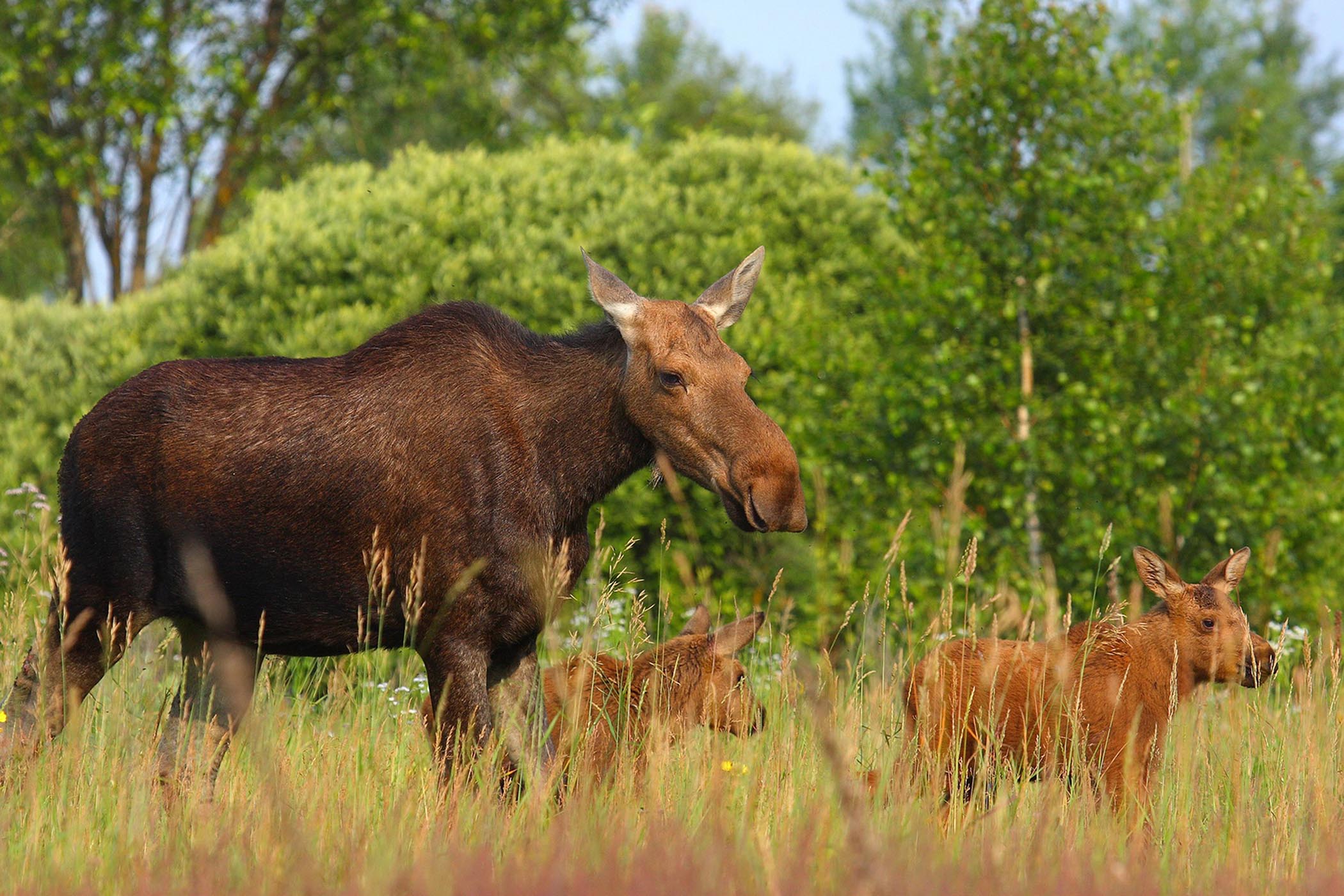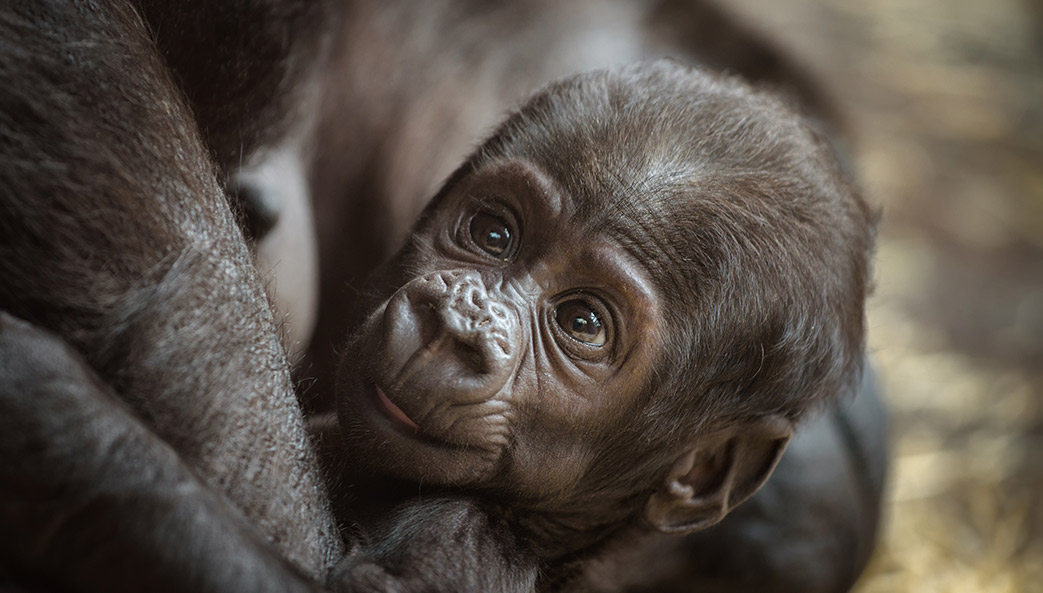More than 30 years after a nuclear accident left the area uninhabitable, Russia’s Chernobyl Exclusion Zone is now home to an abundance of wildlife, according to UGA researchers.
A one-month camera study prompted the sighting of 10 mammal and five bird species, according to James Beasley, associate professor at the Savannah River Ecology Laboratory and the Warnell School of Forestry and Natural Resources.
Fish carcasses were placed at the edge of open waters at the Pripyat River and in nearby irrigation canals, mimicking the natural activity that occurs when currents transport dead fish carcasses to the shore. The results show that 98 percent of the fish carcasses were consumed within one week by a multitude of scavengers.
“We’ve seen evidence of a diversity of wildlife in the CEZ through our previous research, but this is the first time that we’ve seen white-tailed eagles, American mink and river otter on our cameras,” he says.
Beasley is referring to a 2015 study that provided the first evidence that wildlife—including gray wolves—exists in abundance in this ecological zone of about 1,000 square miles that was abandoned by humans after the 1986 nuclear accident.
The new results, published in the journal Food Webs, provide evidence that aquatic nutrient resources can flow to terrestrial landscapes and become available to terrestrial as well as semiaquatic wildlife, like otter and mink.
This brief appeared in the spring 2019 issue of Research Magazine. The original story is available at https://news.uga.edu/wildlife-abundant-in-chernobyl/.





